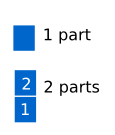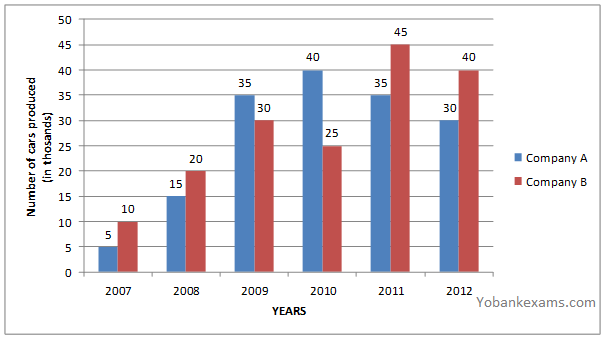Steps to find average number of cars sold
Step 2:Add the number of parts of 2008,2010 and 2012
Step 3:Multiply the result obtained in step 2 by the scale
Step 4:Divide the result obtained in step 3 by the number of years
Step 5:Multiply the result obtained in step 4 by original units of expression(in this example it is 1 production in thousands)
Finding the number of parts in 2008,2010 and 2012 Number of parts of A type cars in 2008=3
Number of parts of A type cars in 2008=3
Number of parts of A type cars in 2010=8
Number of parts of A type cars in 2012=6
Adding all the parts of A type cars in 2008,2010 and 2012
We get,
3+8+6=17
Multiplying the result by the scale(5)
we get,17 x 5=85
Dividing the result by number of years(3)
we get,85/3=28.333333
Multiplying the result by 1000
we get,28333
Ans Average =28,333 approximately
This is an approximate answer so we can select an option closest to this number.













